Summary
In the ever-evolving landscape of technology, a significant and impactful innovation has been quietly transforming the world of air movement. This innovation is the Electronically Commutated (EC) fan, a technology rapidly setting new benchmarks for energy efficiency, control, and reliability.
From critical data center cooling to everyday HVAC systems, EC fans are becoming the go-to solution. This article explores the core principles of EC fan technology, its substantial benefits, and its wide-ranging applications.
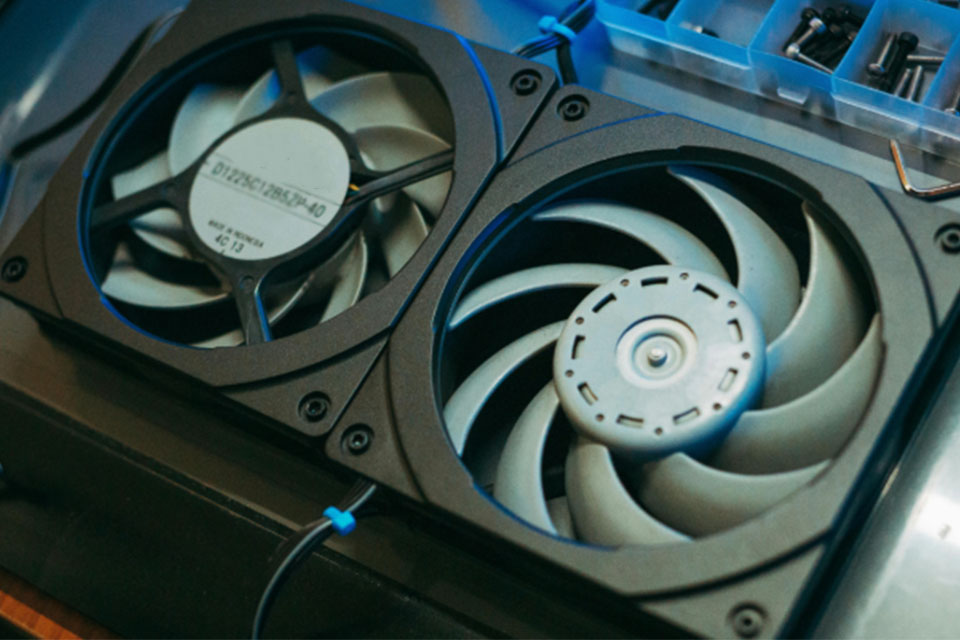
What is an EC Fan? The Best of Both Worlds
At its heart, an EC fan is powered by an EC motor, a sophisticated piece of engineering that merges the advantages of both alternating current (AC) and direct current (DC) power sources. "EC" stands for Electronically Commutated, which refers to its brushless DC motor that can conveniently run on a standard AC power supply. This is achieved through integrated electronics that convert the incoming AC power to DC, providing the motor with the optimal voltage.
The key to the EC motor's performance is its brushless design. Unlike traditional brushed DC motors that rely on physical carbon brushes to switch the current's direction—a process that creates friction, wear, and noise—EC motors use a smart electronic controller.
This onboard "brain" uses sensors to detect the precise position of the rotor's permanent magnets. It then energizes the stator windings in a specific sequence, creating a rotating magnetic field that the rotor follows, resulting in smooth and efficient motion. This precise electronic control is the foundation of the EC fan's superiority.
The Overwhelming Advantages of EC Technology
The shift towards EC fans is driven by a compelling set of benefits that address modern demands for efficiency and performance.
Unmatched Energy Efficiency
EC fans are dramatically more energy-efficient than their AC counterparts, consuming up to 70% less energy to produce the same airflow. This efficiency, which can reach over 90%, stems from the brushless design that eliminates energy loss from friction.
Furthermore, the use of permanent magnets in the rotor means no extra energy is wasted creating a secondary magnetic field, unlike in AC induction motors. This translates directly into lower electricity bills and a smaller carbon footprint.
Precise and Efficient Speed Control
A standout feature of EC fans is their integrated variable speed control. This allows for precise adjustments to airflow to meet exact demands, a significant improvement over the often fixed speeds of AC fans.
Crucially, EC motors maintain their high efficiency across a wide range of speeds. In contrast, AC motors lose a significant amount of efficiency when slowed down. This is particularly valuable in applications with fluctuating needs, as even a small reduction in fan speed can lead to substantial energy savings.
Enhanced Durability and Low Maintenance
The absence of carbon brushes, the primary component subject to wear in many motors, gives EC fans a much longer operational lifespan. Combined with their lower operating temperatures—a direct result of their high efficiency—this leads to reduced wear on all components and minimal maintenance requirements.
Quiet Operation
The smooth, electronically controlled commutation process results in significantly lower noise and vibration levels compared to conventional motors. This makes EC fans ideal for noise-sensitive environments like offices, hospitals, and residential buildings.
Compact Design
EC motors are designed to be compact and lightweight, often featuring an external rotor where the fan impeller is mounted directly. This space-saving design, which also integrates the control electronics, simplifies installation and makes them suitable for retrofitting into existing systems.
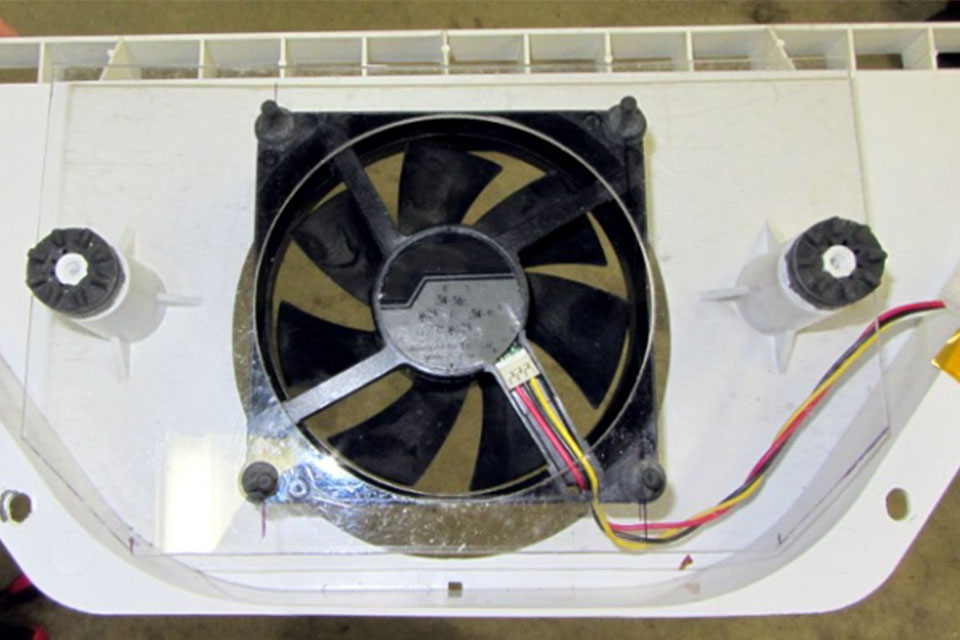
Where EC Fans Make a Difference
Key Applications
The versatility and benefits of EC technology have led to its adoption across a multitude of sectors:
Heating, Ventilation, and Air Conditioning (HVAC)
In both commercial and residential buildings, HVAC systems are major energy consumers. The significant energy savings and precise control offered by EC fans make them ideal for air handling units and ventilation systems, leading to reduced operational costs and improved indoor comfort.
Data Centers
The need for reliable and efficient cooling is paramount in data centers. EC fans provide the precise airflow needed to cool servers and other IT equipment while minimizing the high energy costs associated with cooling these facilities.
Refrigeration
In commercial refrigerators and cold storage, the efficiency of EC fans reduces the overall heat load, easing the strain on the cooling system. Their compact size is also a major advantage in these space-constrained applications.
Medical and Laboratory Equipment
The reliability, quiet operation, and clean, brushless design of EC fans make them indispensable in medical devices and cleanroom environments where air quality and low contamination are critical.
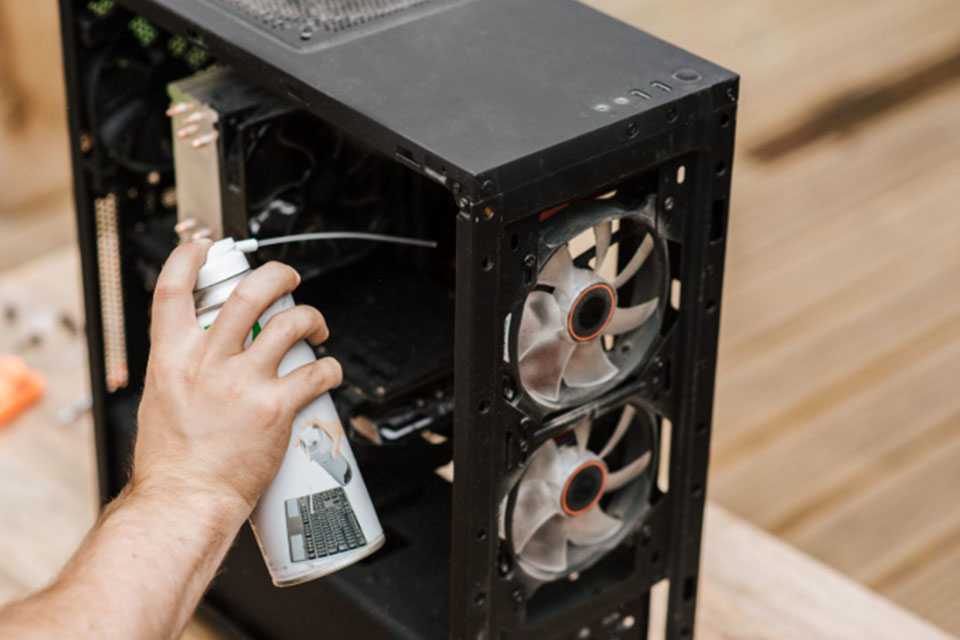
The Future is Efficient
Initially developed in the 1960s, EC technology has matured thanks to advancements in power electronics. As global energy efficiency standards become stricter, the adoption of EC fans is set to accelerate further. While the initial investment for an EC fan may be higher than for a traditional AC fan, the long-term energy savings and reduced maintenance costs typically provide a quick return on investment.
In conclusion, Electronically Commutated fans represent a significant leap forward in air movement technology. By offering unparalleled energy efficiency, precise control, and enhanced reliability, they provide a powerful solution for a wide array of applications.
The quiet revolution of the EC fan is a clear indicator of a future that is smarter, more sustainable, and significantly more efficient.



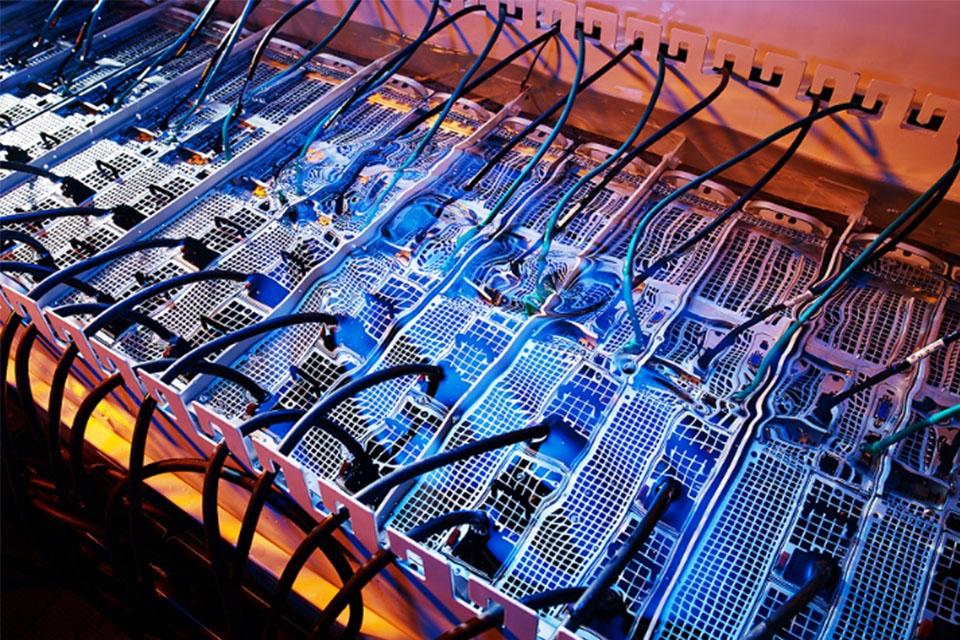 Why Blower Fans Are Essential in Fiber Optic Equipment
Why Blower Fans Are Essential in Fiber Optic Equipment
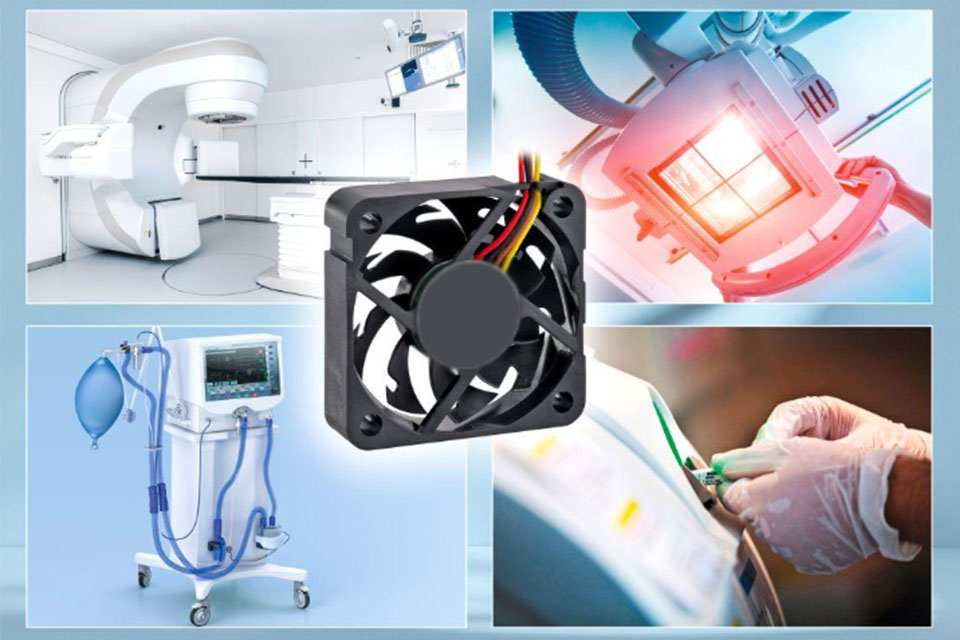 Cooling Fans in Portable Medical Devices
Cooling Fans in Portable Medical Devices
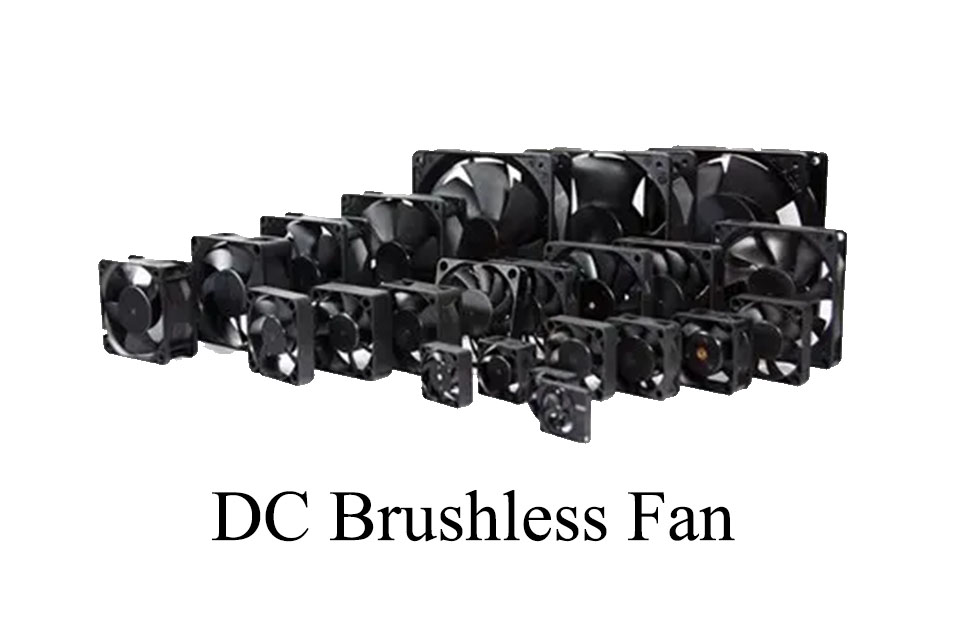 The Critical Role of DC Brushless Fans in Modern Electronics Cooling
The Critical Role of DC Brushless Fans in Modern Electronics Cooling
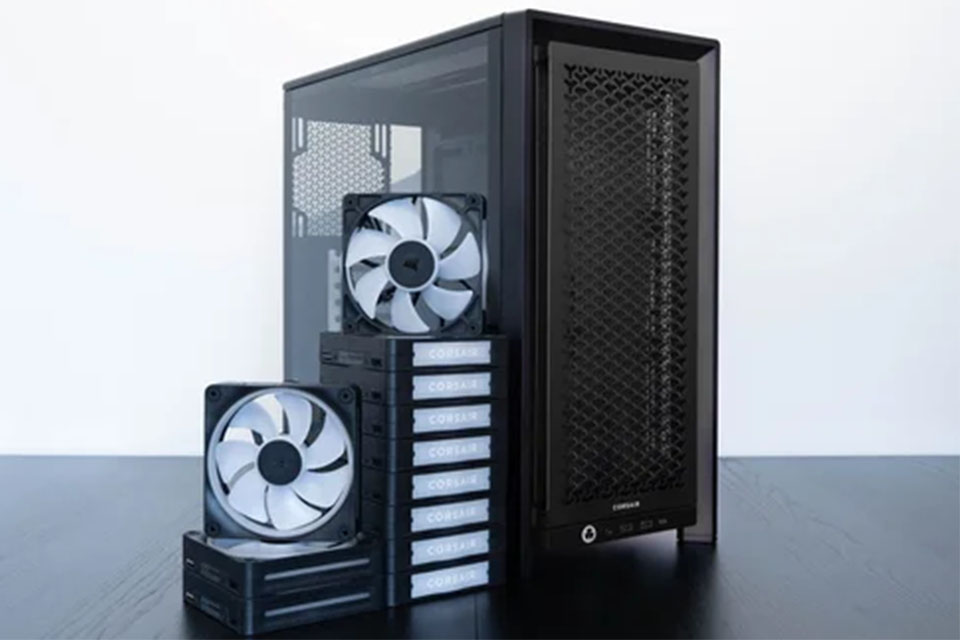 Water-Resistant DC Fans for Harsh Environments
Water-Resistant DC Fans for Harsh Environments

